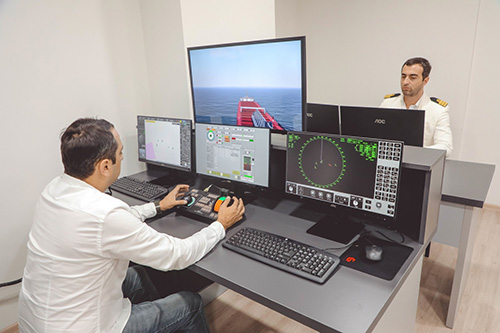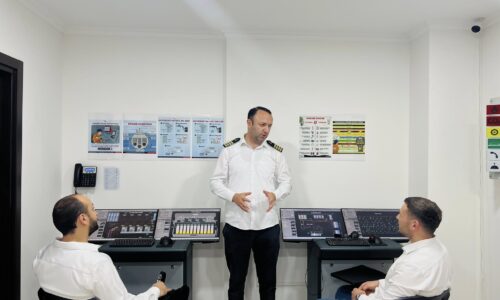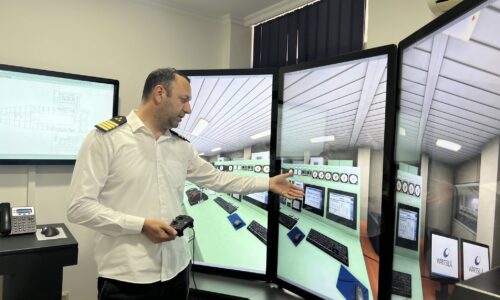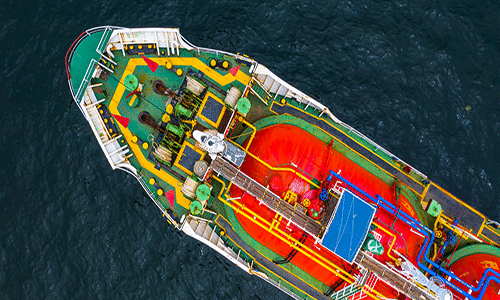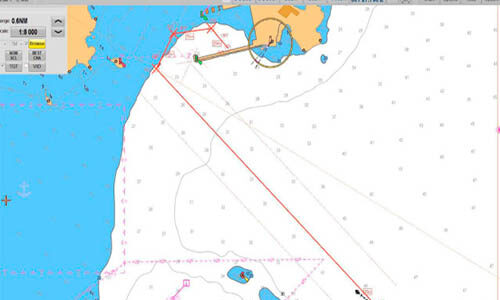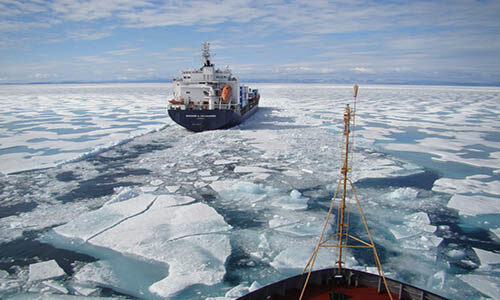Training Program covers the requirements of the STCW Convention.
- Aware when the radar should be used, and able to supervise officers in charge of a navigational watch to select a suitable mode and range setting for particular circumstances, and to set the controls for optimal performance
- Fully aware of the limitations of the equipment in detecting targets, and able to evaluate the accuracy and reliability of information obtained and displayed;
- Able to pay due attention to the functions of radar in position fixing, navigation, clearing of danger and altering course;
- Able to coordinate the preparation of voyage plans, and use all effective means to ensure the implementation of voyage plans;
- Able to develop a good understanding of the provisions in the Convention on the International Regulations for Preventing Collisions at Sea, 1972, relating to the use of radar;
- Able to identify developing situations and ascertain risks correctly by radar and take appropriate actions, to verify the effectiveness of collision avoidance and determine the proper timing for resuming the course and speed after collision avoidance, bearing in mind that assumptions should not be made on the basis of scanty radar information; and
In order to enter into the presented training program, trainee must represent:
- Certificate of Competency, Education Certificate or Certificate of Proficiency;
- Seamen’s book or Civil passport or ID;
- Medical Certificate or medical certificate form 100(for coastal water area seafarers’);
- It is assumed that trainees undertaking this course will, through on-campus learning and onboard experience, have sufficient familiarity with shipboard operations to understand that leadership and teamworking is an essential part of their role on board at the operational level.
| Duration | 40 hours |
| language | English |
| Students | 1-12 |
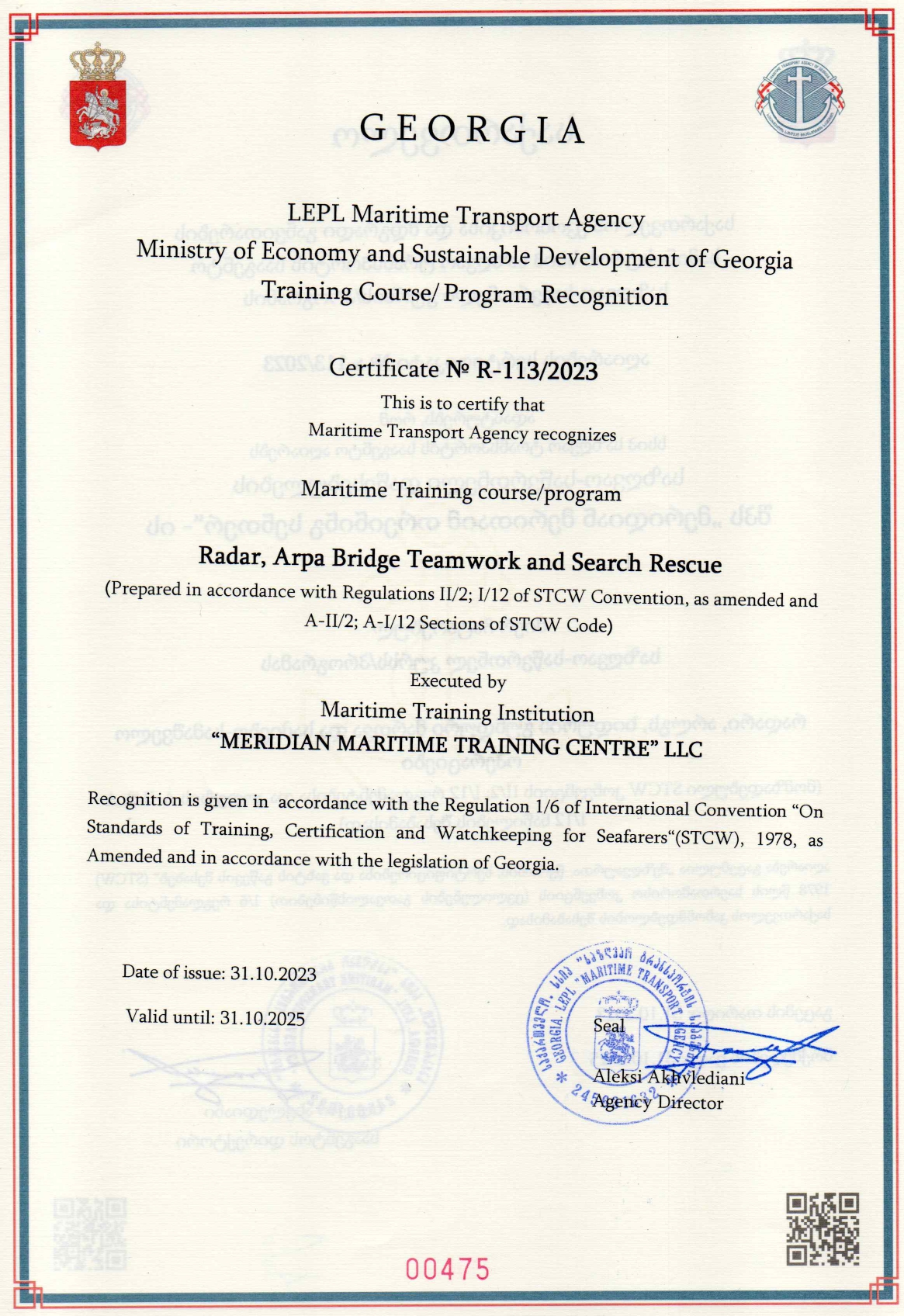
Course Features
- Lecture 0
- Quiz 0
- Duration 10 weeks
- Skill level All levels
- Language English
- Students 0
- Assessments Yes


